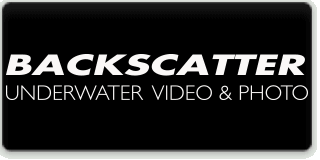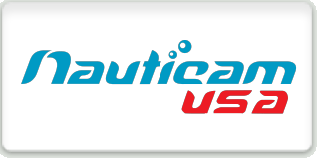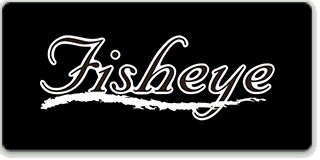GEAR TESTS: OLYMPUS OMD-EM10
 |
Chris Parsons Nauticam Team Member  |
I was eager to try the Olympus OM-D E-M10. It's sibling cameras, the E-M1 and the E-M5, have been hugely popular. The E-M10 is a smaller, lighter and less expensive version of these cameras. I was curious to see the differences here myself, so I took the camera and housing out for a couple of dives here in Little Cayman at The Digital Shootout. I intended to take it out a couple more times, but it was very popular in our demo fleet and got used by a customer on every single dive it was available.
What I found with the E-M10 is that it really is not lacking in any way when compared to the E-M1 or
E-M5. There are a few features left off of E-M10, as you would expect for a camera that is half the price of the E-M1, but they are not features that one misses when shooting underwater. One example would be the weather sealing and metal body… nice features to be sure, but when we are loading it into a housing, neither of those really make any difference. And speaking of sealing out the elements, the Nauticam E-M10 housing ships with the integrated vacuum system electronics installed. By adding an optional valve, the housing is ready for a vacuum check, adding significant peace of mind about watertight integrity. Just flip on the vacuum switch, give it a few pumps, and the green light will indicate the rig is ready to dive.
On my first dive with it, I used the Olympus 14-42mm lens, a workhorse all around lens that does a good job on both ends of its focal range. Teamed up with the Nauticam Super Macro Converter (SMC) and flip diopter holder, this is a really solid macro setup that can quickly be changed over to shoot a wide angle scene in seconds. But the real joy of the E-M10, like other micro 4/3 cameras, is the selection of lenses. Being able to choose the right lens for the look you want is huge. Olympus and Panasonic have done a superb job getting really great lenses to market, including several that are ideal for underwater use. On my second dive, I chose the Panasonic 8mm fisheye lens. This is such a fun lens on this camera. Because we can use a very small dome (I used the excellent Zen DP-100 with the 8mm), it is easier to get the in-your-face, close-focus-wide-angle shots that are so dramatic.
Like other Olympus cameras in this class, the menu system is, well, extensive. Not quite as daunting as the E-M1, but sometimes finding the setting you are looking for is tough if you are not used to the Olympus menu system. This is a camera that you want to read the manual on, or carry a PDF of it with you when you travel. The upside though, is that there is a lot you can work with to dial in the camera to make it work just how you want it.
The new Nauticam housing includes some of the latest and greatest features of the mirrorless lineup, including the new port lock and the above mentioned vacuum system. Ergonomically, the housing is great, very familiar, and easy to get to all of the controls. I really like the new style zoom knob on the left.
Bottom line - this camera + housing, along with its cadre of fine lenses, is a great choice for underwater.
READ MORE GEAR TESTS:





























